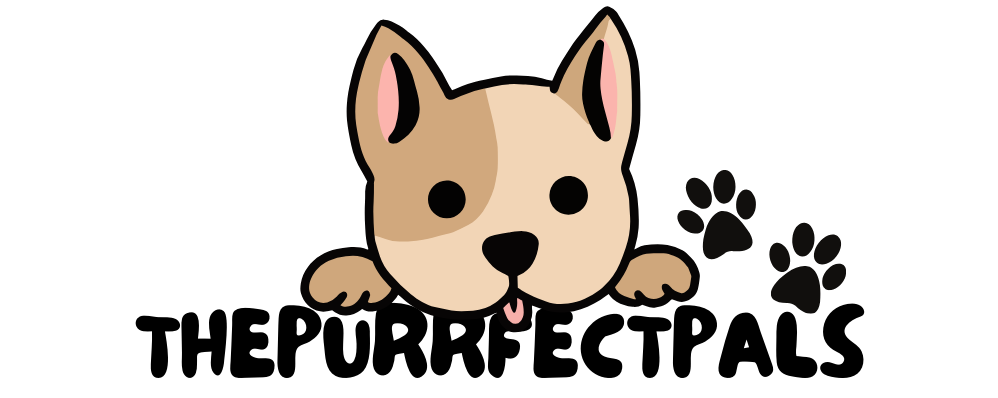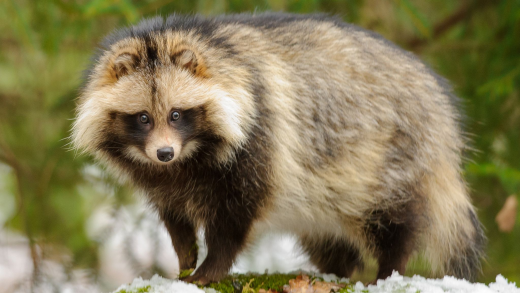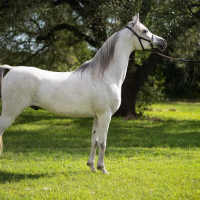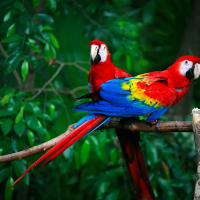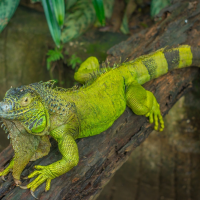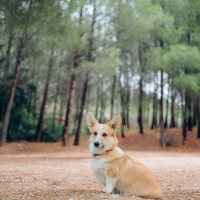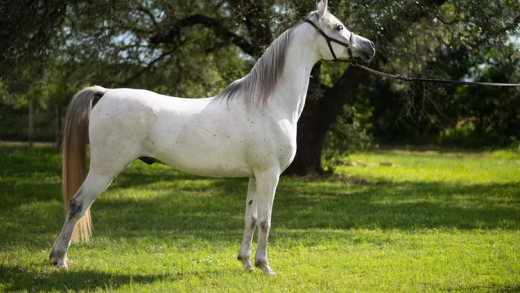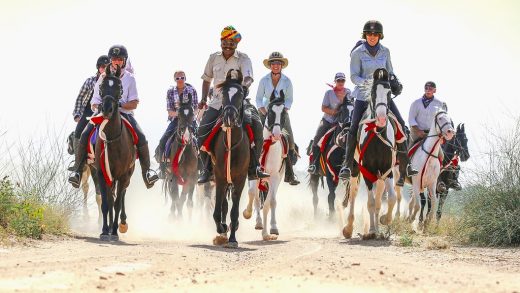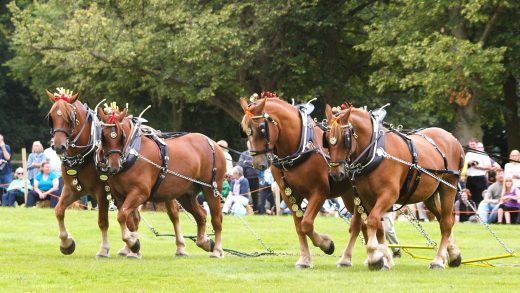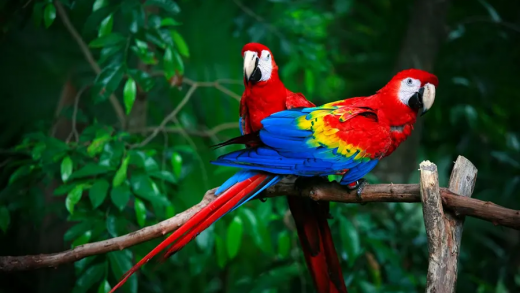
Table of Contents
Quick Facts
- Common Names: Prevost’s Squirrel, Asian Tri-colored Squirrel
- Scientific Name: Callosciurus prevostii
- Family: Sciuridae
- Lifespan: 5-7 years in the wild, up to 15 years in captivity
- Habitat: Tropical forests and plantations in Southeast Asia, including Thailand, Malaysia, Indonesia, and Borneo
History & Origin of Prevost’s Squirrel
Prevost’s Squirrel is native to Southeast Asia where it thrives in the tropical forests and plantations of Thailand, Malaysia, Indonesia and Borneo. Charles Lucien Bonaparte a French naturalist first described this species in 1822. These squirrels named after the French scientist Florent Prévost are well-known for their stunning pigmentation which makes them instantly identifiable and popular among wildlife enthusiasts.

Prevost’s squirrels have adapted effectively to a variety of forest types including primary and secondary forests, mangroves and rubber plantations. Their capacity to survive in both natural and changed environments has contributed to their population stability. Despite this resilience deforestation and habitat fragmentation continue to pose challenges to their native habitats emphasizing the need of conservation efforts.
Physical Characteristics
- Size: 20-30 cm in body length, with a tail of approximately the same length
- Weight: 250-500 grams
- Appearance: Prevost’s squirrels are strikingly colorful, featuring a black upper body, bright chestnut-red belly, and white stripes along their sides. Their bushy tails are also black, and they have large, expressive eyes and pointed ears. This tri-colored pattern not only makes them visually stunning but also helps in camouflage among the dense foliage of their natural habitat.
Their fur is dense and soft, providing insulation against the varying temperatures of their tropical environments. The contrasting colors of their fur play a role in social interactions and communication within their species. Their sharp claws and strong limbs make them excellent climbers, perfectly adapted to an arboreal lifestyle.
Temperament and Personality
Prevost’s squirrels are diurnal which means they are active throughout the day. They are typically solitary however they can occasionally be observed in couples or tiny family groups. They are known for their agility and fast movements as well as their ability to climb trees. In captivity they can grow more gregarious and exhibit playful and curious behaviors especially if they are dealt with on a frequent basis from an early age.
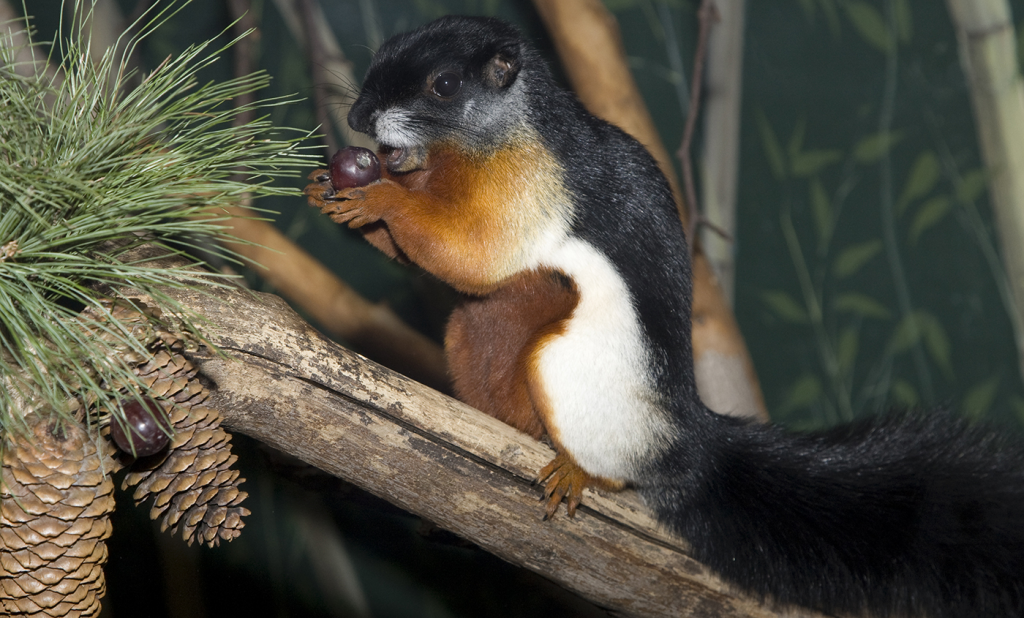
These squirrels are noted for their vocalizations and they interact with one another through a variety of cries. They are also quite territorial frequently performing displays to deter intruders. Despite their solitary lifestyle they engage in sophisticated social behaviors especially during the breeding season when males and females associate more closely.
Exercise and Activity Needs
Prevost’s squirrels are very active and need plenty of area to climb, jump and explore. In the wild, they forage throughout the forest canopy. In captivity, it is critical to offer a big enriched environment with numerous branches, ropes and platforms to excite their natural activities and meet their activity requirements. Regular physical activity is essential for avoiding boredom and promoting mental well-being.
In the wild their food consists primarily of fruits, nuts, seeds,and the occasional bug. In captivity a diversified diet of fresh fruits, vegetables, nuts, and specially prepared squirrel pellets can help ensure that they get all of the nutrients they need.
Grooming and Needs
Prevost’s squirrels have dense fur and require little care. They are clean creatures who groom themselves on a regular basis. However maintaining a clean living environment is critical to avoiding health problems. To ensure that kids obtain all of the nutrients they need, they should eat a variety of fruits, vegetables, nuts and seeds. Providing fresh water and boosting their food with insect protein can also help them stay healthy.
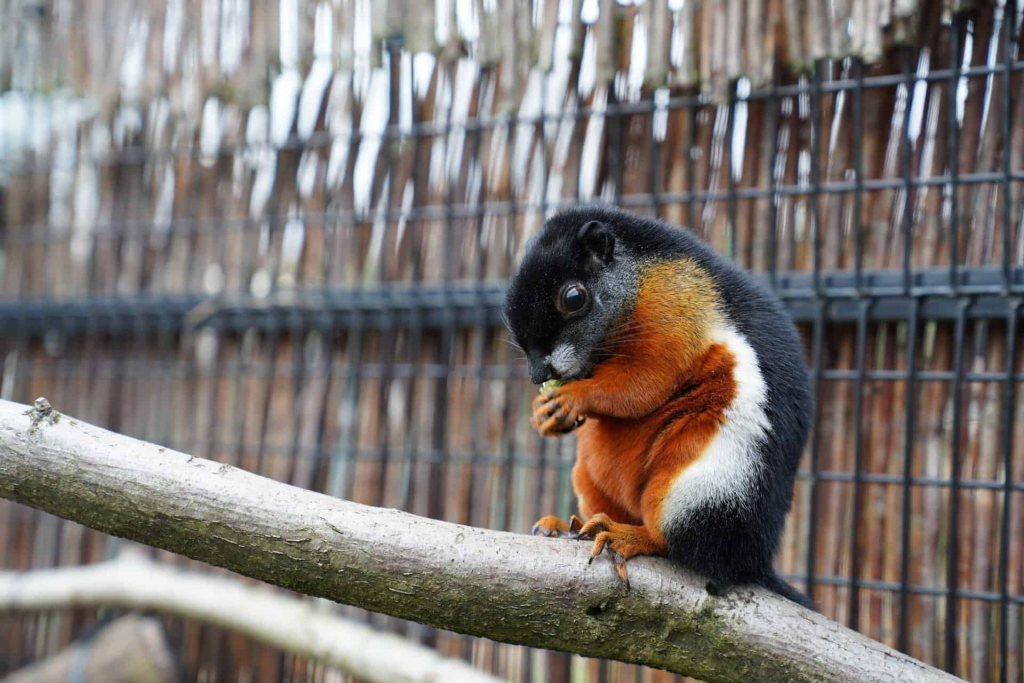
Regular veterinary check-ups are essential for monitoring their health and preventing common disorders including dental problems, parasites, and obesity. Ensuring that their living habitat is big, clean and filled with natural components such as branches and leaves will help them survive in captivity.
Health and Common Concerns.
Prevost’s squirrels frequently suffer from dental problems, obesity and parasites. Regular veterinary check-ups are required to maintain their health and handle any concerns swiftly. Dental health is especially crucial for children since their teeth grow at a rapid pace and must be gnawed on proper materials to stay healthy. Providing a well-balanced diet and ample opportunities for physical activity can help avoid obesity and other health problems.
Parasite control is also critical especially for squirrels that have access to outside areas. Regular fecal checks and proper medications can help prevent parasite infestations. Maintaining a clean and hygienic home environment helps to prevent health concerns.
Training and socialization
Training Prevost’s squirrels can be difficult to handle due to their independence and skittishness. Positive reinforcement works best. Socialization should begin early especially if they will be maintained as pets, to ensure that they are comfortable around humans and other animals. Consistent and careful training can help manage their behavior and make them more adaptable to captive settings. Building trust through consistent respectful encounters is essential for properly socializing these animals.
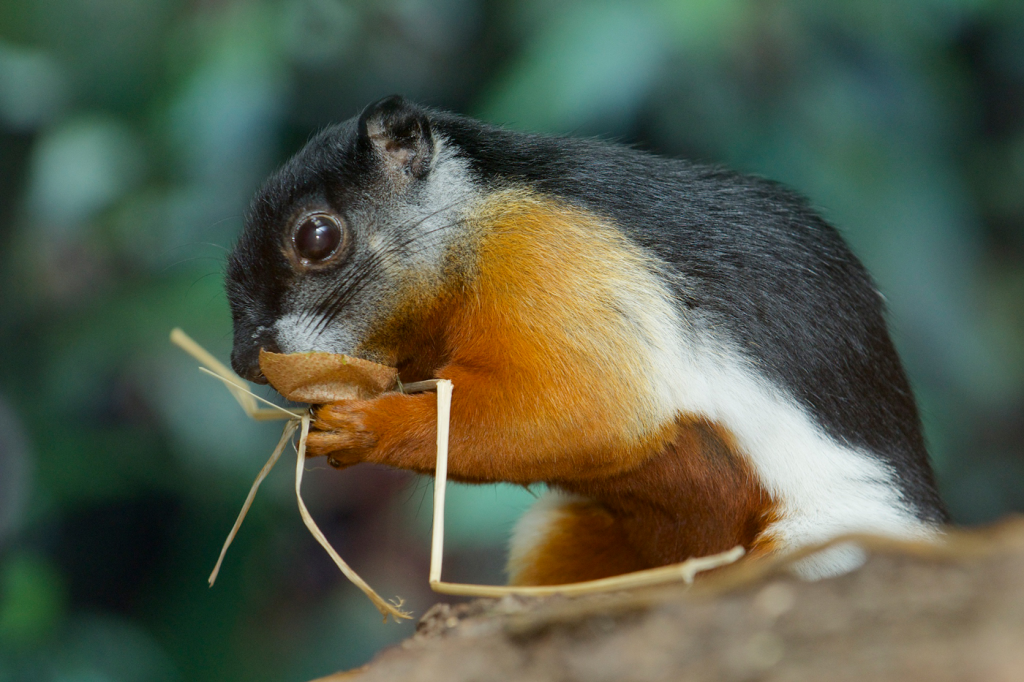
Providing a range of enrichment activities such as puzzle feeders and interactive toys will help keep them interested and relieve tension. Observing their natural activities and establishing an atmosphere that resembles their native habitat will improve their general well-being.
Conclusion
Prevost’s squirrels are fascinating creatures with distinct and colorful features. They are unsuitable as traditional pets due to their unique care requirements and energetic behavior. However for individuals with the necessary knowledge, resources and dedication they may be engaging and fulfilling companions in a well-prepared setting. Understanding their natural history and needs is critical to providing them with a rewarding and healthy life in captivity.
Their vibrant colors and energetic activities make them enjoyable to watch whether in the wild or in a well-kept captive habitat. By meeting their physical and emotional requirements caregivers can enjoy the company of these beautiful and interesting creatures while also contributing to their well-being and conservation.
People also read about: How to Introduce a New Pet to Your Home: Tips for a Smooth Transition (Cat)
